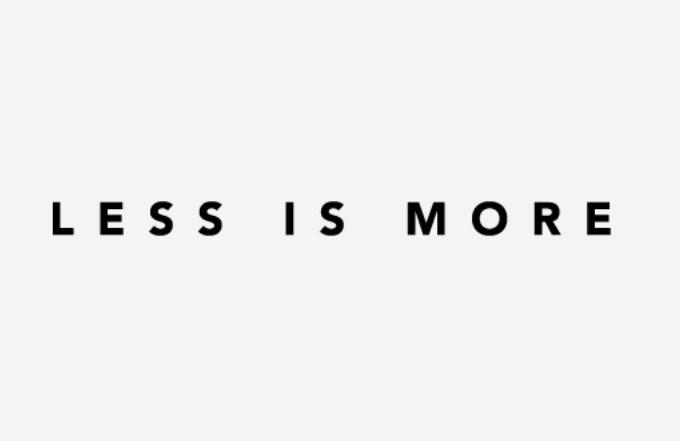
In this article, you will learn the basics of minimalist design and why it follows the principle of “less is more.” Minimalist design focuses on simplicity and removing unnecessary elements to create a clean and uncluttered look. By using a limited color palette, simple typography, and clean lines, minimalist design can communicate a message effectively and create a visually pleasing experience for the audience. So, let’s dive into the essentials of minimalist design and discover how to create impactful designs with less.
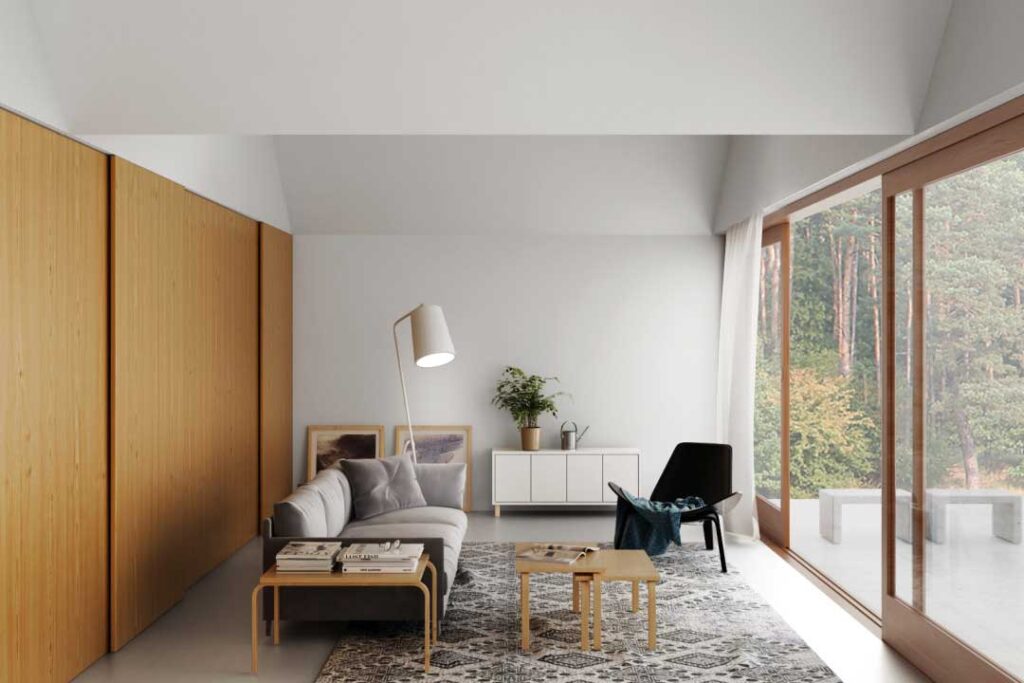
This image is property of uploads-ssl.webflow.com.
What is Minimalist Design
Minimalist design is a design approach that is characterized by simplicity, cleanliness, and a focus on essential elements. It is about stripping away unnecessary elements and finding beauty in simplicity. Minimalist design can be seen in various fields such as architecture, interior design, graphic design, web design, and fashion. It relies on the use of clean lines, negative space, limited color palettes, and typography choices to create a visually appealing and functional design.
Defining minimalist design
At its core, minimalist design is defined by the principle of “less is more.” It aims to convey the intended message or function without any unnecessary embellishments or distractions. It is about creating a design that is clear, concise, and efficient. Minimalist design values simplicity, precision, and functionality above all else.
The philosophy behind minimalist design
The philosophy behind minimalist design is deeply rooted in the concept of simplicity. It draws inspiration from the art movement known as minimalism, which emerged in the 1960s. Minimalist artists sought to reduce their artworks to the most basic and essential elements. In the same vein, minimalist design seeks to eliminate all unnecessary elements and features, focusing on what truly matters.
Minimalist design embraces the idea that by stripping away the excess, we can create designs that are more impactful, effective, and timeless. It aims to create harmony between form and function, allowing the design to speak for itself without the need for unnecessary ornamentation.
Key principles of minimalist design
There are several key principles that guide minimalist design:
-
Simplicity and clean lines: Minimalist design relies on clean lines and simple shapes. It avoids decorative elements and focuses on the essentials.
-
Negative space and whitespace: Negative space, also known as whitespace, is the empty space around and between elements. It provides breathing room and helps create a sense of balance and harmony in the design.
-
Limited color palette: Minimalist design often employs a limited color palette, with neutral colors such as white, black, and shades of gray being predominant. This allows for a clean and cohesive look.
-
Typography and font choices: Minimalist design often utilizes simple and legible typography. It favors sans-serif fonts and tends to avoid ornate or flashy typefaces.
Benefits of Minimalist Design
Minimalist design offers a range of benefits in various industries. Here are some of the key advantages:
Enhanced visual appeal
One of the main benefits of minimalist design is its enhanced visual appeal. By focusing on clean lines, simplicity, and a limited color palette, minimalist designs often exude a refined and elegant aesthetic. The lack of clutter and unnecessary elements allows the design to be visually striking and impactful.
Improved usability and user experience
Minimalist design promotes improved usability and user experience. By removing unnecessary elements and reducing visual clutter, users can easily navigate and interact with the design. The emphasis on simplicity and functionality ensures that the design is intuitive and user-friendly.
Increased efficiency and effectiveness
Minimalist design can increase efficiency and effectiveness in various industries. In architecture, for example, minimalist design emphasizes the use of space and functionality, resulting in buildings that are efficient and effective in meeting their intended purpose. In web design, minimalist design simplifies the user interface, allowing users to quickly and easily find the information they need.
Elements of Minimalist Design
To create minimalist designs, certain elements are crucial to consider. These elements help achieve a clean and simplified aesthetic while maintaining functionality. Here are some key elements of minimalist design:
Simplicity and clean lines
Simplicity and clean lines are at the heart of minimalist design. The use of simple shapes and forms helps create a design that is visually pleasing and easy to understand. Straight lines and geometric shapes often feature prominently in minimalist designs.
Negative space and whitespace
Negative space, also known as whitespace, plays a crucial role in minimalist design. It provides balance and allows the design elements to breathe. By leaving space between elements, the design becomes more visually appealing and less cluttered.
Limited color palette
Minimalist design typically employs a limited color palette, often consisting of neutral colors such as white, black, and shades of gray. This limited color palette helps create a clean and cohesive look. Occasionally, designers may incorporate a pop of color for emphasis or contrast.
Typography and font choices
Typography is a key element in minimalist design. Sans-serif fonts are commonly favored for their simplicity and legibility. The emphasis is on clarity and readability, with minimal embellishments or decorative elements.
Minimalist Design in Architecture
Minimalist design is widely embraced in architecture for its emphasis on functionality and simplicity. Some key features of minimalist design in architecture include:
Integration with surrounding environment
Minimalist architecture often seeks to seamlessly integrate with the surrounding environment. It aims to create a harmonious relationship between the structure and its surroundings, blending in rather than standing out.
Focus on functionality
Functionality is a primary consideration in minimalist architecture. Spaces are carefully planned to serve their intended purposes efficiently, without any unnecessary ornamentation. Minimalist architecture prioritizes practicality and usability.
Use of natural light and materials
Minimalist architecture often maximizes the use of natural light. Large windows and open spaces allow natural light to flood the interior, creating a bright and open atmosphere. Additionally, natural materials such as wood, stone, and concrete are frequently used in minimalist architecture to enhance the overall aesthetic and connection with nature.
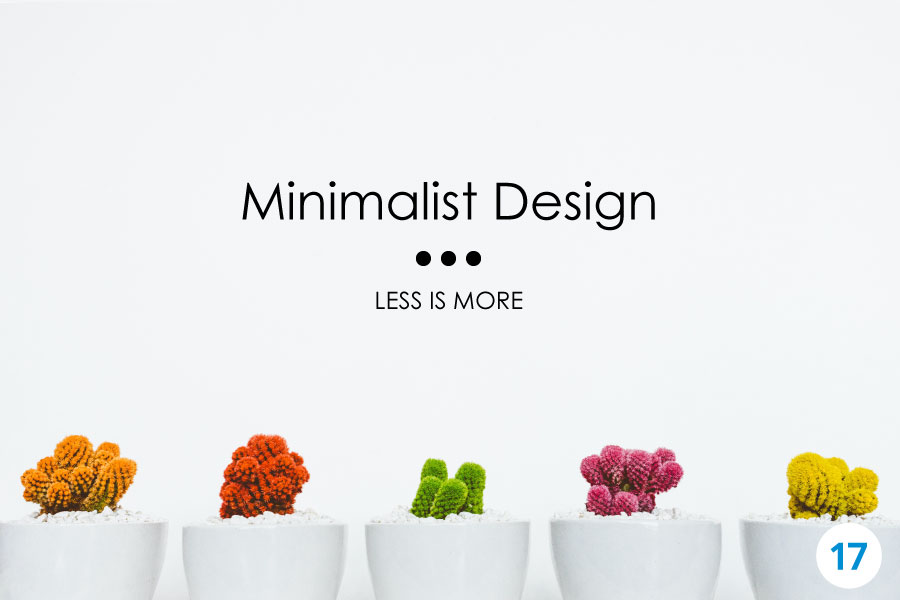
This image is property of www.go17blue.com.
Minimalist Design in Interior Design
Minimalist design in interior design revolves around creating a clutter-free and functional space. Some key aspects of minimalist design in interior design are:
Decluttering and minimal furniture
Decluttering is a fundamental principle of minimalist interior design. Unnecessary items are removed, leaving only the essential and functional elements. Minimalist interiors tend to have fewer pieces of furniture, allowing the design to breathe and creating a sense of openness.
Focus on functionality and organization
Minimalist interior design emphasizes functionality and organization. Each piece of furniture or decor serves a purpose and has its place. Storage solutions are often incorporated to keep belongings out of sight, maintaining the clean and uncluttered aesthetic.
Utilizing natural light and neutral colors
Natural light is a key feature of minimalist interior design. Large windows or skylights are used to bring in as much natural light as possible. Neutral colors, such as white, beige, and gray, are commonly used to create a calming and cohesive atmosphere.
Minimalist Design in Graphic Design
Minimalist design in graphic design focuses on simplicity and effective communication. Some key principles of minimalist design in graphic design include:
Simple and clean layouts
Minimalist graphic design often utilizes simple and clean layouts. Unnecessary elements are removed, leaving only the essential components. This helps ensure that the message or information being conveyed is clear and easily understood.
Consistency in visual elements
Consistency is an important aspect of minimalist graphic design. Visual elements such as colors, fonts, and spacing are kept consistent throughout the design. This creates a unified and cohesive visual language.
Effective use of white space
White space, or negative space, is strategically used in minimalist graphic design to create balance and focus. By leaving empty spaces around and between elements, the design becomes more visually appealing and less cluttered. White space also helps direct the viewer’s attention to key elements or messages.
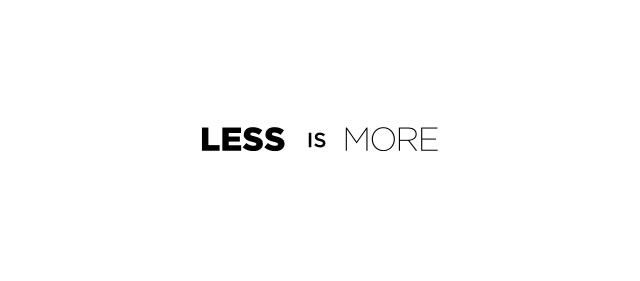
This image is property of babich.biz.
Minimalist Design in Web Design
Minimalist design is particularly well-suited for web design due to its focus on simplicity and usability. Some key elements of minimalist design in web design are:
Intuitive navigation and clear structure
Minimalist web designs prioritize intuitive navigation and clear structure. Elements such as menus, buttons, and links are minimal and easy to understand. This helps users navigate the website effortlessly, finding the information they need without any confusion.
Minimal use of elements and features
Minimalist web design keeps elements and features to a minimum. Unnecessary animations, graphics, or widgets are avoided, ensuring a clean and uncluttered interface. By reducing distractions, users can focus on the content and accomplish their goals efficiently.
Emphasis on readability and usability
Readability and usability are essential elements of minimalist web design. Legible typography, ample white space, and well-structured content help enhance the user experience. Minimalist web design strives to make information easily accessible and consumable.
Minimalist Design in Fashion
Minimalist design has made a significant impact in the fashion industry, offering a timeless and versatile aesthetic. Key features of minimalist design in fashion include:
Timeless and versatile pieces
Minimalist fashion embraces timeless and versatile pieces that can be easily mixed and matched. It focuses on clean lines, neutral colors, and simple silhouettes that transcend trends and seasons. Minimalist fashion pieces are often considered investment pieces as they can be worn for years to come.
Use of neutral colors and quality materials
Neutral colors, such as black, white, beige, and shades of gray, dominate minimalist fashion. These colors create a sophisticated and cohesive look. Minimalist fashion also emphasizes the use of high-quality materials, such as natural fibers and luxurious fabrics, for a refined and elevated feel.
Focus on well-tailored designs
Well-tailored designs are a hallmark of minimalist fashion. The emphasis is on fit and quality craftsmanship rather than flashy details or embellishments. Minimalist fashion aims to flatter the wearer’s body shape and create a polished and put-together look.
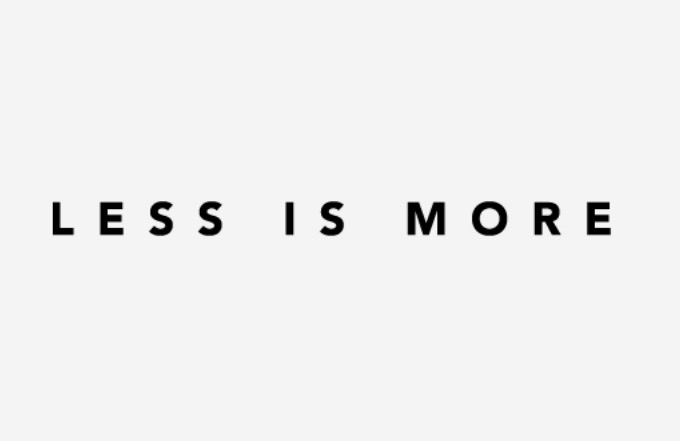
This image is property of d3ui957tjb5bqd.cloudfront.net.
Challenges of Minimalist Design
While minimalist design has many advantages, it also comes with certain challenges. Some of the key challenges include:
Finding the right balance
One of the challenges of minimalist design is finding the right balance between simplicity and functionality. It is important to ensure that the design remains visually appealing without compromising its usability and purpose.
Avoiding a dull or cold aesthetic
Another challenge is avoiding a dull or cold aesthetic. Minimalist design runs the risk of appearing too stark or sterile if not executed properly. It is crucial to incorporate enough visual interest and warmth to create an inviting and engaging design.
Ensuring functionality is not compromised
Functionality should never be compromised in minimalist design. It is important to strike a balance between simplicity and practicality. The design should still serve its intended purpose and provide a seamless user experience.
Conclusion
Minimalist design, with its focus on simplicity and functionality, has enduring appeal across various industries. From architecture to interior design, graphic design to web design, and fashion, the principles of minimalist design provide timeless and versatile solutions.
By embracing minimalist design, you can enhance the visual appeal of your designs, improve usability and user experience, and increase efficiency and effectiveness. Remember to incorporate elements such as simplicity, clean lines, negative space, a limited color palette, and thoughtful typography choices.
Though there may be challenges in achieving the perfect balance and aesthetics, minimalist design remains a powerful approach that emphasizes the importance of simplicity in today’s world. So remember, when it comes to design, sometimes less is truly more.
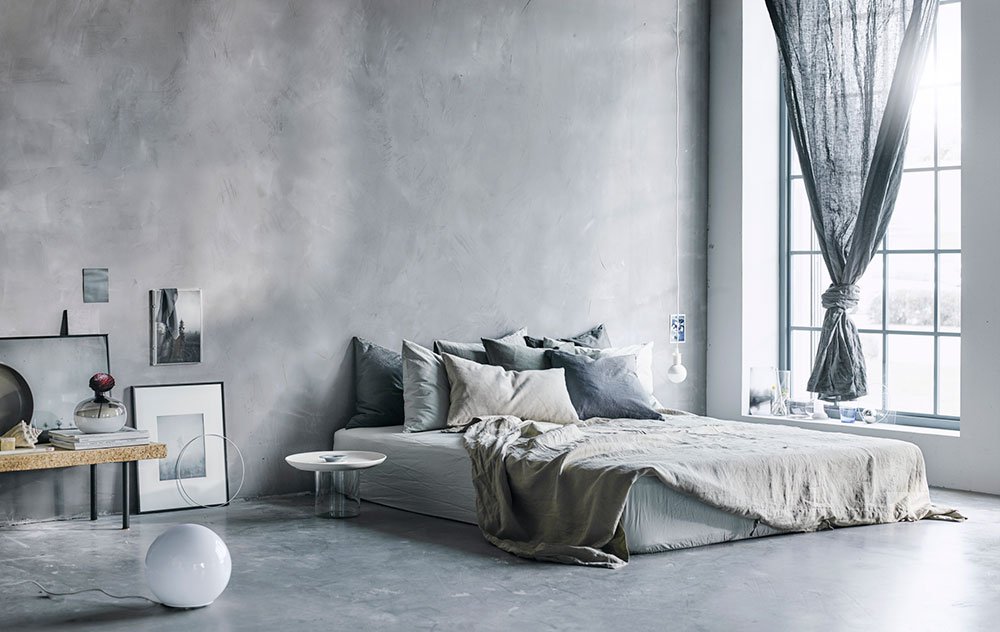
This image is property of i1.wp.com.
